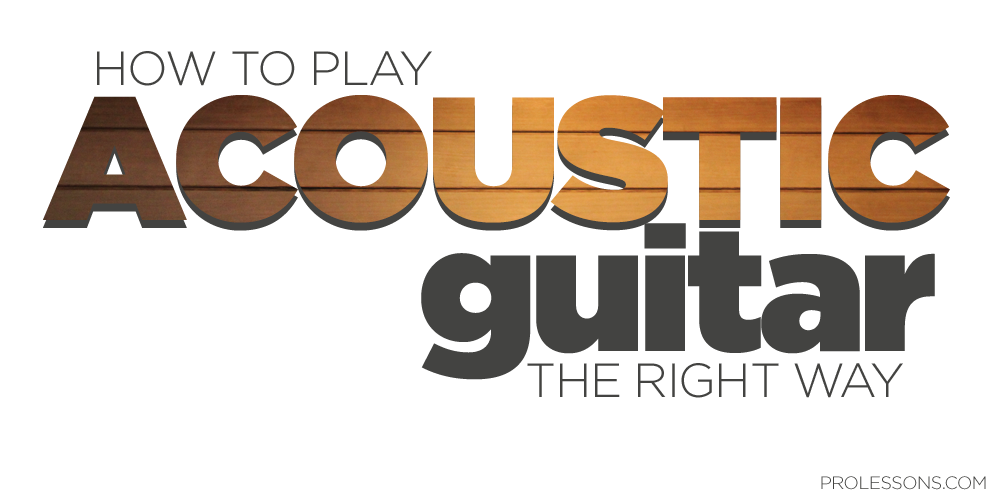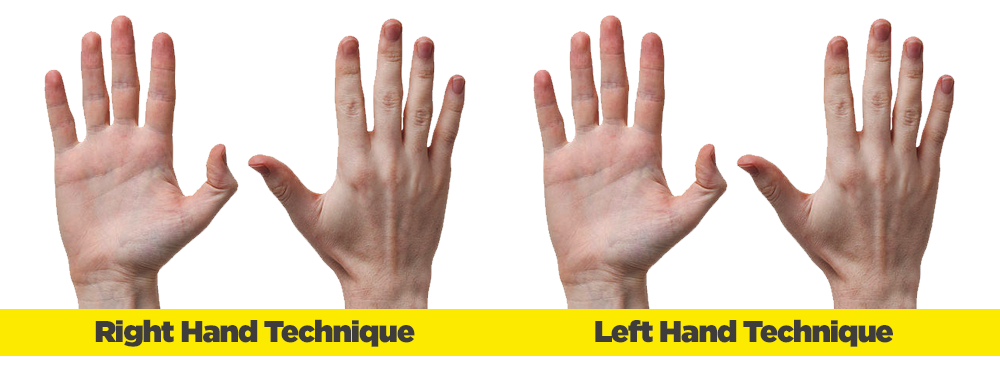FREE LESSON
PHIL KEAGGY - Grammy nominated and seven-time Dove Award winner, is one of the world’s great guitar players and a pioneer in contemporary Christian music.

Doing anything the right way is subject to other things like your style, culture, or a variety of other things. Knowing that, we’ll take a general and gentle approach to how to play acoustic guitar.
You’ve got people who use flat picks, fingerpicks, fingernails, and thumbpicks. You’ve also got people who play bluegrass while others play classical, pop, country, or blues. You might say it’s all the same but it just isn’t. Bluegrassers use much bigger strings, in general, than a pop guitarist and classical players use nylon strings instead of steel strings. There are so many options and styles to playing guitar that it might be difficult to nail down one way of playing. We’ll try to do the impossible today.
We can start by discussing the “proper” way to hold an acoustic guitar. Traditional or classical methods say, if you’re right handed, to place the waist of the guitar on your left knee with the guitar neck slanted upward toward your left hand. This is great for fingerstyle guitar as it gives you the perfect angle to roll your fingers across the strings. Some teachers also recommend a foot stool to lift the left leg up a little. It’s also important not to let the guitar slide down into your lap, in other words, keep it setting up straight with the back of the guitar against your stomach.
Non-traditional guitarists sit with the acoustic guitar on their right leg if they’re right handed. This puts the guitar more horizontal and makes it easier to strum up and down with the pick. However, plenty of finger pickers and thumb pickers have found it easy enough to play like this too. Believe it or not, we’ve seen classical players do it also.
It might be worth noting that this way might give you some neck and shoulder problems later. That’s because your right shoulder is rotated up a little in the air and resting on top of the guitar body more and this MAY irritate some nerves over time. Another important thing to keep in mind is that you should be playing a guitar that you can handle. If you can manage a dreadnaught or full size acoustic guitar, that’s great. A smaller person may want to find a concert size or smaller guitar.

The right hand of a right-handed guitarist should drape over the body of the guitar and float just above the 6 strings. If you’re a fingerstyle guitarist, you want your right hand to be free to roll or arpeggiate the strings cleanly. If you’re a guitarist who uses a pick, you want your wrist loose and your hand at just the right angle to strike the strings cleanly. You’ll often see guitarists anchor their little finger on the top by the sound hole or some other balance technique. While this isn’t necessarily “proper,” remember all rules are made to be broken and styles are born because somebody did it wrong.
You’ll find a similar situation when it comes to a guitarist’s fingernails. Some guitarist prefer long nails or even have acrylic nails put on at a salon. Others use their fingertips or skin for a softer sound. Some only use their thumb like great jazz players. You can see that how to play acoustic guitar can be a little different for everyone.
There are a couple of exceptions, but left-handed technique for a right-handed guitarist is pretty straight forward. Your thumb should be on the back of the neck and your wrist should be slightly lowered. This puts your fingers up on their tips and gives you the best and clearest notes.
On occasion, however, certain chords require the palm of your left hand. Of course, Chet Atkins, Merle Travis, Jerry Reed, and others often used their thumb on the top strings or low strings to create that ragtime-style guitar (“thumb picking,” as they called it).
Truthfully, your left hand will take all kinds of shapes trying to get certain hard to reach chords. If you’re playing acoustic guitar the right way, you should just keep the thumb pressed against the back of the neck and your wrist down. Don’t turn your elbow out to the left of your body though. Relax your arm and keep your elbow at your side. Feel free to make all the faces you want as you play. There’s no rule against that and it’s kind of expected when learning how to play acoustic guitar.
Acoustic guitars can have a variety of sounds and volume extremes. First off, if you want to know how to play acoustic guitar the right way, don’t over strike the strings with the pick. There are time when you might want a dynamic hit or rumble, but when you really pound on the strings, two things happens: 1. You sound out of tune 2. You rattle a lot.
We get it! Plenty of guitarists beat the crap out of the thing, but this is about how to play acoustic guitar the right way.
Buzzes and squeaks are gonna happen, but if you’re a session guitarist, you will learn to minimize the amount of buzzes and squeaks so your track is recorded very cleanly. Both hands contribute to the noises. The fingers on your left hand squeak as they leave the note or fret they’re on and then there’s the buzzes from overstriking the strings. You should work on playing an entire song without a single squeak or buzz. You’ll discover how much you overcompensate and overplay. We’re not talking about slapping or popping the guitar for effect. We want you to eliminate all of the unwanted noises that are mostly from poor technique.
Whether your strum, pick, or drum, playing acoustic guitar the right way depends on your style. If you’re just getting started, listen to several great guitarists and find the ones you most enjoy watching and listening to.
Don’t get bogged down in classical guitar if that’s not what inspires you. Don’t let jazz screw up your classic technique either, if that’s your thing. Guitar is meant to be fun. How to play acoustic guitar is ultimately up to you. Sure, there’s a few basics you want to get right, but you’re the one that has to play the thing. Don’t be scared of making your own way.
Before you kick off that stadium tour, though, you might want to invest in some guitar lessons. Even more experienced players can learn something from looking at things through another perspective. At Pro Lessons, our guitar instructors are made up of touring musicians who have made a name for themselves out on the road. To learn more about our rates and teachers, click on the link below.